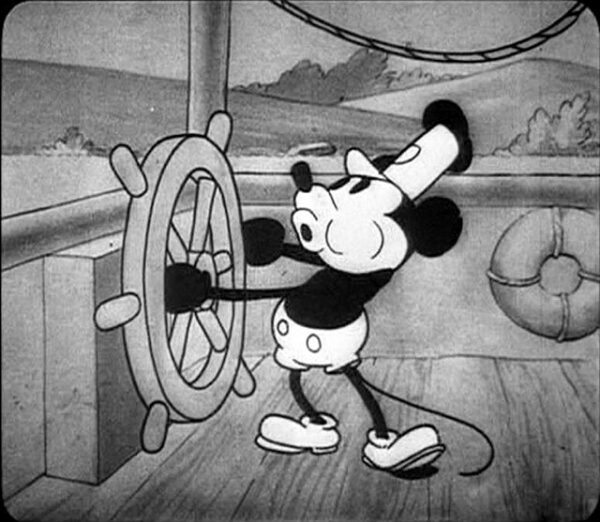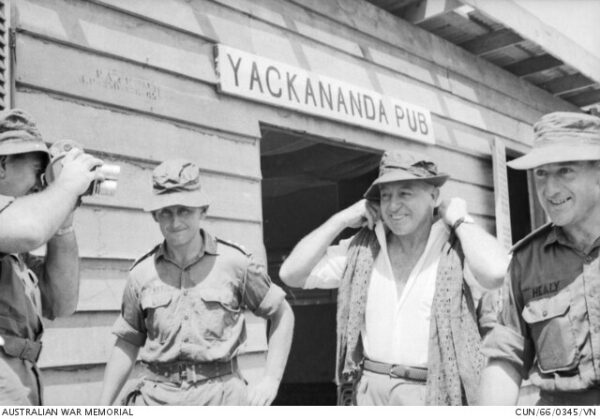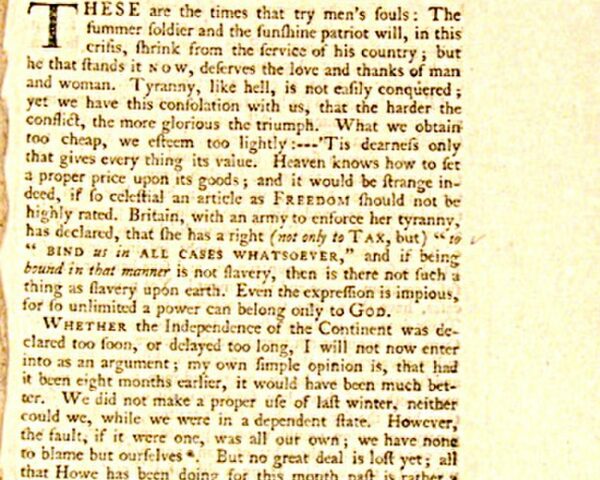On November 18, 1928, the entertainment world experienced a revolutionary moment with the release of Steamboat Willie, an animated short that introduced synchronized sound to cartoons. Produced by Walt Disney and Ub Iwerks, this groundbreaking film not only debuted Mickey Mouse to the public but also set a transformative standard for animation. Its innovative blending of sound and visuals captivated audiences, propelling Disney into a cultural powerhouse.
Mickey Mouse emerged from a challenging period in Walt Disney’s career. After losing the rights to his earlier creation, Oswald the Lucky Rabbit, Disney and animator Ub Iwerks collaborated to create a fresh character that could capture the public’s imagination. Their creation, Mickey Mouse, embodied a cheerful and resilient spirit. Although Mickey had already appeared in two previous shorts, Plane Crazy and The Gallopin’ Gaucho, neither gained significant attention. Recognizing the need for a fresh approach, Disney sought to distinguish his work with a new technique.
At that time, animation was typically silent, with live music or sound effects added during screenings. Disney envisioned something far more ambitious: a fully synchronized sound and animation experience. To achieve this, he worked closely with composer Carl Stalling and sound engineer Wilfred Jackson, developing a system that matched pre-recorded sound with on-screen action. This required painstaking synchronization, with animators meticulously timing every movement to align with the soundtrack.
The result was nothing short of a marvel. In Steamboat Willie, every whistle, splash, and clang is perfectly synchronized with Mickey’s actions. A particularly memorable scene features Mickey using farm animals as makeshift instruments to play “Turkey in the Straw,” a moment that epitomizes the seamless harmony between sound and animation.
The film premiered at the Colony Theatre in New York City, receiving enthusiastic acclaim. Audiences were thrilled by the novelty of synchronized sound, which added a new layer of personality and immersion to the animated medium. Critics hailed the film as a groundbreaking achievement, marking a pivotal moment in the history of animation.
The timing of Steamboat Willie was especially fortuitous, coinciding with the rise of “talkies” in live-action cinema, such as 1927’s The Jazz Singer. By successfully integrating sound into animation, Disney established the medium as a formidable competitor to live-action films and cemented his reputation as an industry innovator.
Mickey Mouse quickly became a cultural icon, propelling Walt Disney Studios to unprecedented success. The popularity of the short encouraged Disney to continue refining his craft, producing a series of Mickey Mouse cartoons that built on the technical and artistic foundations laid by Steamboat Willie. The short also inspired other studios, like Warner Bros. and Fleischer Studios, to explore the potential of synchronized sound in their own work.
The influence of Steamboat Willie extended beyond its technical achievements. During the Great Depression, Mickey Mouse became a beacon of hope and optimism, symbolizing resilience and creativity in tough times. Over the decades, Mickey grew into one of the most recognizable figures in global culture, representing not just Disney but the broader magic of storytelling and innovation.
In recognition of its historical significance, Steamboat Willie was among the first films selected for preservation in the National Film Registry by the Library of Congress in 1998. Its impact on animation, sound design, and popular culture continues to be celebrated, reflecting its enduring importance.






